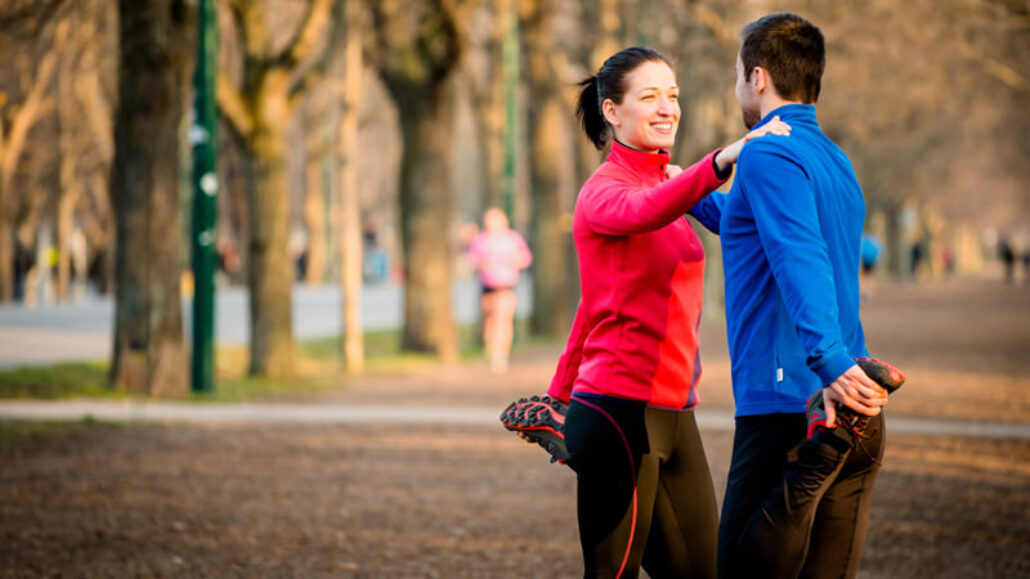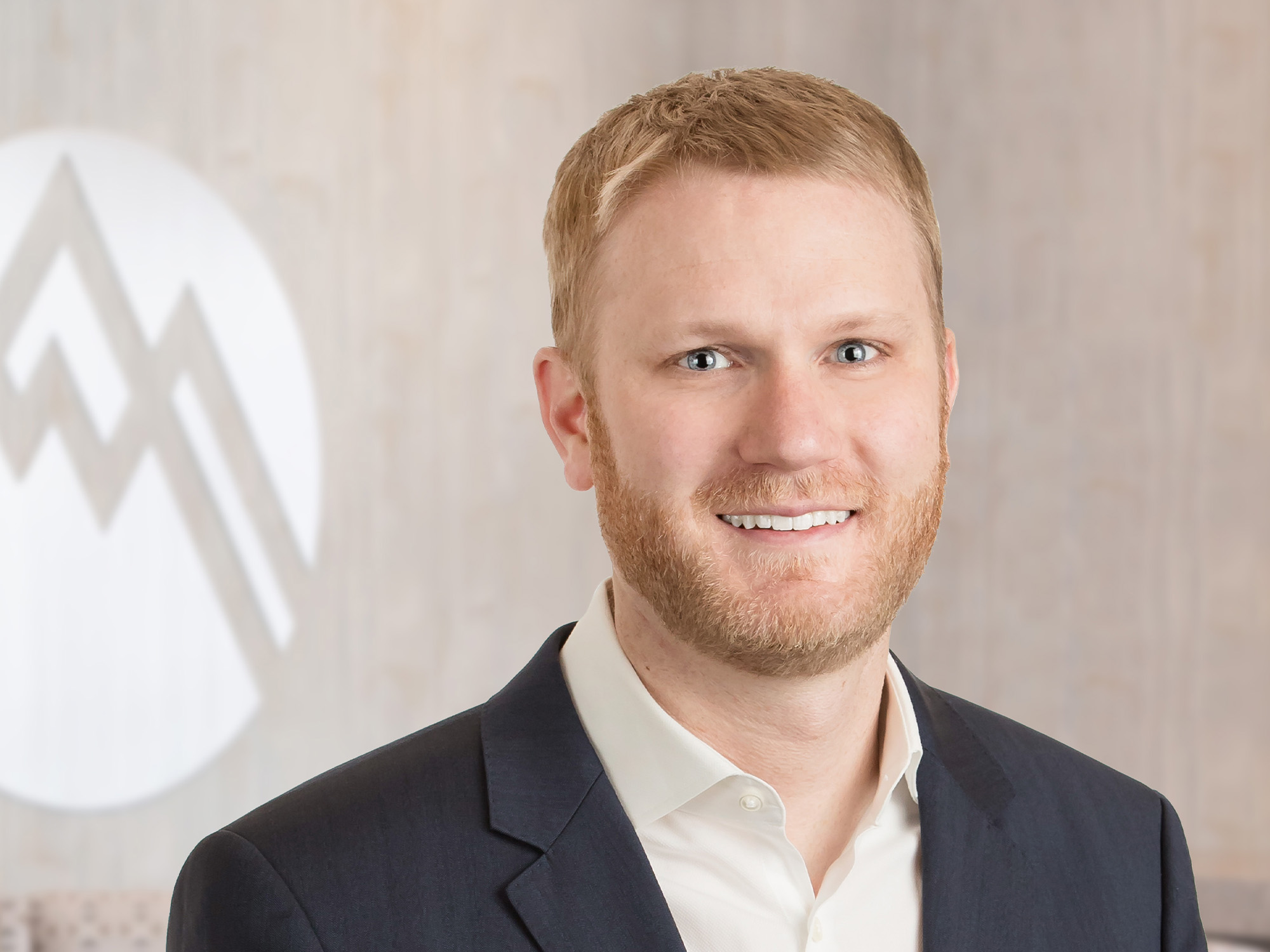An ACL tear can be a serious injury. Today, ACL reconstruction is the proven repair for the approximately 400,000 anterior cruciate ligament (ACL) injuries that happen every year. But thanks to a new technique being developed here and in Europe, there may soon be a new surgical option for those who tear their ACL.
Injuries to the knee’s anterior cruciate ligament (ACL) are very common and difficult to repair. When this ligament is torn, it is unable to heal itself. Traditional repair for this injury is an ACL reconstruction surgery that is focused on removing the torn ligament and replacing it with a graft, using either the patient’s own hamstring tendons or tendons from a cadaver.
The success rate with ACL reconstruction surgeries is very good, but as with any surgical procedure, there are drawbacks:
- If the patient’s own hamstring tendons are used in the repair, the patient must recover from two surgical procedures: the procedure to repair the ACL and the procedure to harvest the graft tissue.
- The repair doesn’t always work. After surgery, the ACL re-tear rate is high, particularly for teens. Young patients face a re-tear rate of approximately 20 percent.
- The risk of developing knee arthritis following the surgery is very high. As many as 80 percent of ACL surgical patients will develop arthritis within 15 to 20 years following their surgery.
However, a new technique called a bridge-enhanced ACL repair (BEAR) is being studied in the United States and used in Europe. Summit Orthopedics’ Dr. Jack Skendzel, an orthopedic surgeon specializing in ACL injuries, traveled to Germany in May of 2016 to learn more about repair—versus reconstruction—of ACL injuries.
Researchers hope that the BEAR surgery will address some of the drawbacks of traditional ACL reconstructions:
- Without the need to harvest graft tissue, this surgery may be easier on the patient and provide a faster and less painful recovery.
- Because the patient’s own ACL is retained, it is hoped that there might be less risk that patients will develop arthritis over time.
“Bridge-enhanced ACL repairs are in the experimental stage,” explains Dr. Skendzel. “In the United States, clinical trials are being conducted and data comparing BEAR outcomes to reconstruction outcomes is being evaluated. If and when outcomes confirm hopes that the bridge-enhanced ACL repair is an improvement over the reconstruction surgeries we use now, I want to have the training and expertise to offer this option to Summit patients.”
Summit Orthopedics offers comprehensive sports medicine expertise
From Olympians to pro athletes to kids in youth sports and those that just want to be more active—Summit Orthopedics delivers expert care by fellowship-trained sports medicine physicians. If you are recently injured or concerned about ongoing pain, Summit Orthopedics sports medicine specialists have the expertise to evaluate your discomfort and develop a plan to quickly and safely help you get back to being active.
Start your journey to stronger, healthier athletic condition. Find your sports medicine expert, request an appointment online, or call us at (651) 968–5201 to schedule a sports medicine consultation.
Summit has convenient locations across the Minneapolis-St. Paul metro area, serving Minnesota and western Wisconsin. We have state-of-the-art centers for comprehensive orthopedic care in Eagan, MN, Vadnais Heights, MN, Plymouth, MN, and Woodbury, MN, as well as several additional community clinics.
More resources for you
- Training Proven To Reduce ACL Injury Risk
- Ask Dr. Skendzel: Can pre-surgical therapy improve my ACL surgical outcome?

